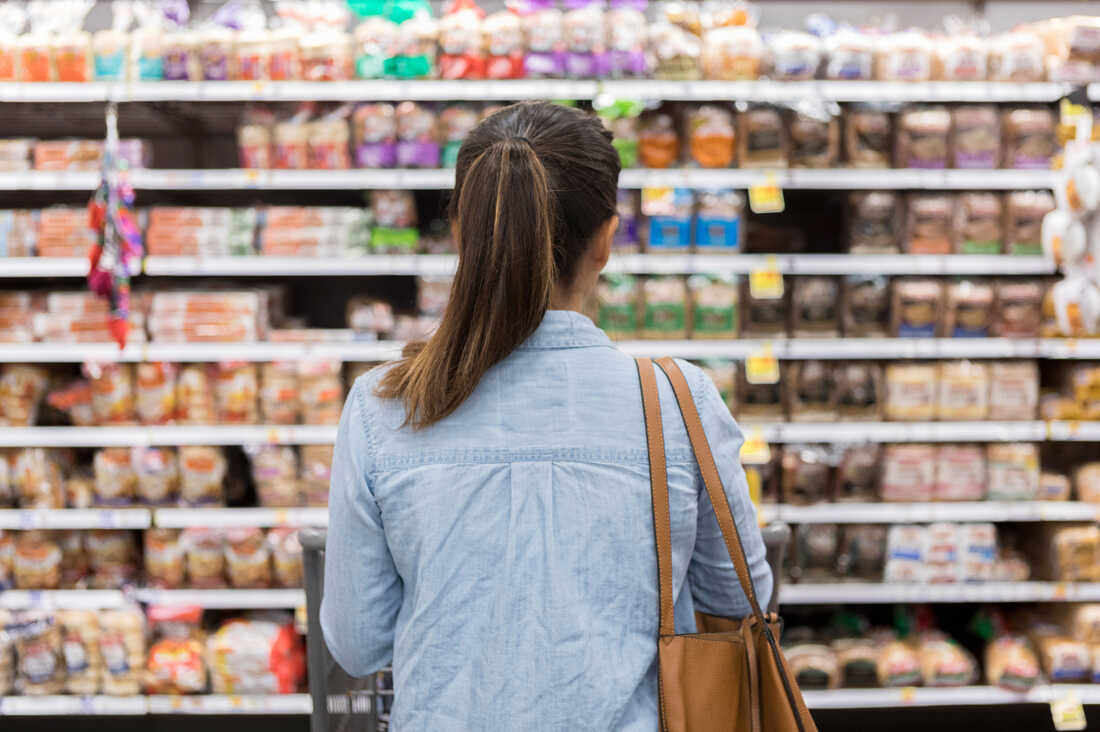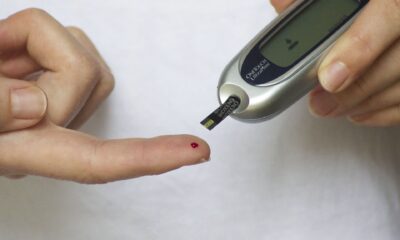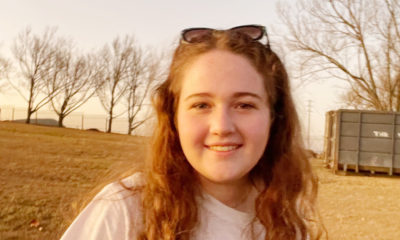
Lifestyle

Sweet enough without the sugar – savouring life as a diabetic
It’s why grocery shopping is a minefield. It’s why watching the cooking channel can be torturous. It’s why I stood in a queue for more than five hours to get my first COVID-19 vaccine. Hi. I’m Gillian, and I have Type 2 diabetes.
In all my years of visiting my dear family doctor, I never thought I’d be swearing in his office. Not at him, mind you, but within his earshot. When you’re a committed chocoholic and your doctor tells you that you have diabetes, I think it’s a justifiable reaction. That and crying. But all he did, as I immediately apologised, is adjust his yarmi and give me a look of genuine empathy.
For as long as I can remember, I’ve had a sweet tooth. It’s become somewhat of a running joke that when it comes to my eating habits, I’m a bit of an overgrown kid. I only eat white bread. I’ve been known to hide in the pantry eating chocolate slabs so my children can’t find me to claim a block. Fanta Grape is one of my favourite beverages. I’ve even made my husband bring me back a slice of icing-laden birthday cake from more than one kiddie birthday party that I’ve missed. And as for much of the vegetable family, let’s just say we haven’t always been on the best of terms.
I’ve also never been much of a fitness fundi. Running – and I use the word loosely – up and down the stairs after my kids has pretty much summed up my exercise regimen for the past few years. In my younger days, I was blessed with a fantastic metabolism. And although it’s slowed down, especially in my 30s, the fact that I’m quite tall has always been an advantage when it comes to weight gain. Breastfeeding my two sons was a great slimming tool as well. So, although I may have put on a few kilos here and there, I’m lucky enough never to have had a serious weight problem. That’s why indulging in some unhealthy cravings was never much of a problem. Or so I thought.
You’d think that with all these bad habits, I’d have anticipated diabetes. But while my diet and inactivity undoubtedly played a part, even the doctors were slightly puzzled. I wasn’t excessively overweight; I have no family history of diabetes – which is often the case with sufferers; I didn’t have gestational diabetes during either of my pregnancies; and my sugar levels a year before my diagnosis were completely normal. I was also 37 when I was diagnosed last year, and those at the greatest risk for Type 2 diabetes are 45 and over. Yet, here we are.
Obviously developing diabetes – a noted COVID-19 comorbidity – in the thick of the pandemic was a real concern. But what I found far more difficult to handle were the lifestyle changes I was forced to make. When it comes to diabetes, medication isn’t enough. You have to cut out sugar, lose the unhealthy carbs and fats, load up on the veggies, and exercise regularly. For me, it was a struggle. To be honest, it often still is.
These kinds of changes don’t happen seamlessly. The few months that followed my diagnosis were an emotional rollercoaster. Coming off sugar was incredibly hard. Sugar withdrawal – it’s a real thing – came with weeks of headaches, bloating, cravings, and depression. My regular pick-me-up when I’m feeling down or stressed, namely chocolate, wasn’t an option. I remember resentfully munching carrots, slamming them into hummus and fighting back tears, while others at a small party we attended enjoyed bulkas and cupcakes.
While my instinct as a journalist is to do loads of research, I’ve basically banned myself from reading too much about the disease. In the early days, when I started delving into all the possible risks that come with diabetes, I’d panic. I quickly abandoned a book that spoke of how the diagnosis was once a death sentence – even though that’s clearly no longer the case, thank G-d. So, while I’m far from ignorant, I’m not overloaded with information either. For me, protecting my mental health has been almost as important as managing my physical health.
With the support of amazing family and friends, I’ve somehow managed to adjust. I go for walks and do exercise videos, sometimes with my boys jumping enthusiastically by my side – always a bonus. I always add veggies to lunch and supper. I generally only drink water. I’ve found healthier alternatives for some of my favourite foods. If you’re looking for a graded list of sugar-free chocolate brands, I’m your girl. I can fit into jeans I haven’t worn for a decade – one of the few welcome side effects. I’m glad I’m healthier.
But let’s not kid ourselves. Almost a year on, this lifestyle still doesn’t come naturally to me. I sometimes skip the exercise. I allow myself a sugary indulgence – or two – on weekends, and relish each bite like never before. I’m not trying to be the perfect example of how to handle diabetes. I know I’ll never be. But I’m trying my best.
And it’s paying off. At a recent visit to my endocrinologist, a year after my diagnosis, my tests revealed that my overall sugar levels are back within normal range. The diet and exercise are here to stay but I’m in a much better position than I was a year ago. As I prepare to enter 2022 with my beloved family, I know my life is sweet enough without the sugar – bar the occasional bulka.










